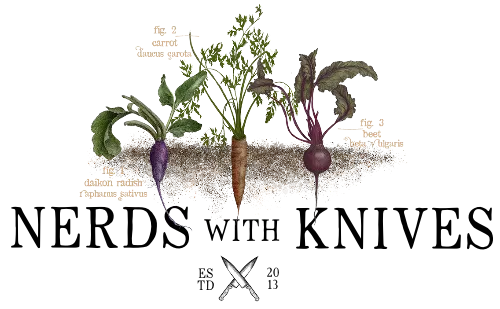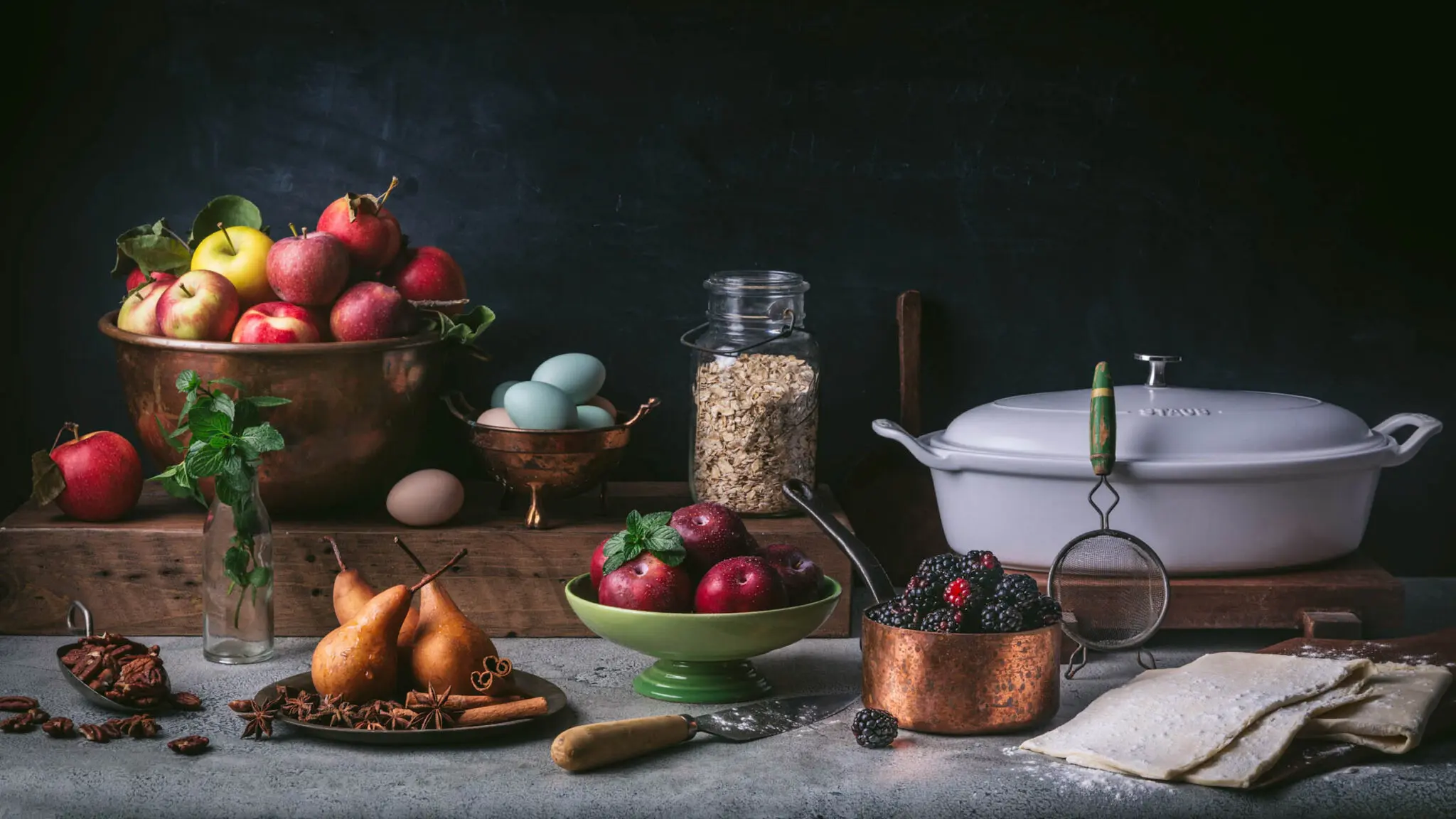
Whether you’re looking to buy props for professional food photography or your recipe blog, or you just want to make your food look great in photos, this prop guide will tell you what to look for and where to find it.
To download the free PDF of the sources referenced in this guide, click here.
Jump to: Plates | Bowls | Platters | Bakeware | Flatware | Linens | Wood | metals | Skillets and Cookware | List of Sources
After the food and the camera equipment, your choice of props is what really makes your photography stand out. It’s important to think about your style, and what story you are trying to tell with your photos.
If you’re not sure, don’t worry. Look at your favorite food photographers’ Instagram feeds, check out Pinterest boards, look at food shots in magazines. What are you attracted to? Is it the beautiful aged patina on antique dishware? Is it bright, bold colors? It is simple minimalism?
There’s no wrong answer, and professional photographers are able to create beautiful photographs in many different styles. It’s fun to experiment and see what appeals to you.
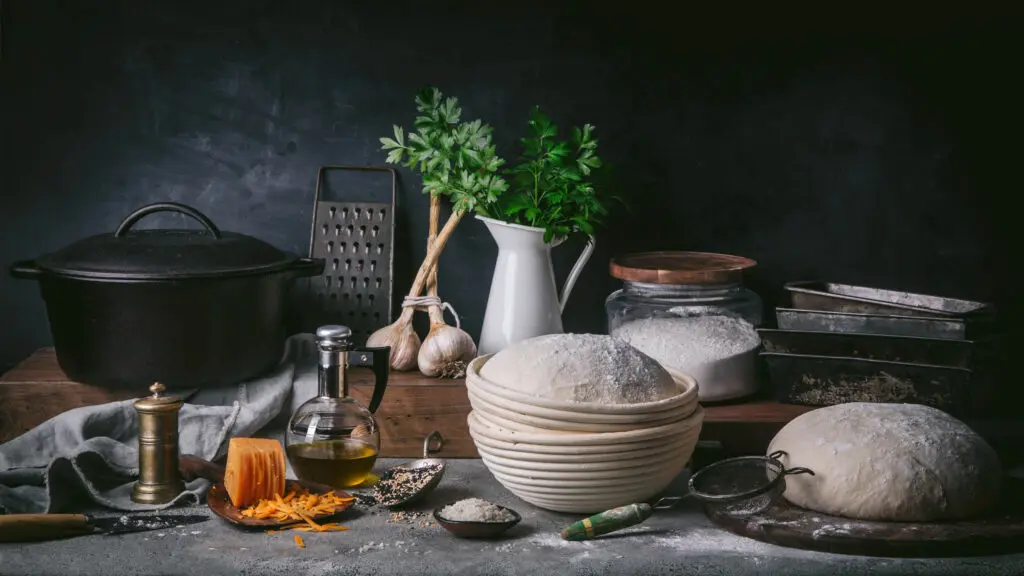
But be warned! It’s not a great idea to run out and buy a lot of expensive props right away. Often things that look beautiful on a store shelf don’t work well in photographs. They might be too large, or too shiny, or too distracting.
It’s best to start slow (and shop smart), amassing your collection over time, after figuring out what works best for your style. And don’t forget to look at what you already have. You likely have at least some of these pieces already.
That being said, there are some basic essentials that every food photographer needs in their prop collection. If you’re looking for tips on drinking glasses, cocktail glasses and jars, check out our drink-ware guide.
DESSERT AND SALAD plates
Essentials: Small, matte, neutral toned. Bonus points for speckles and a hand-made look.
Nice to have: vintage or antique plates with a classic pattern.
Small plates are more useful than large ones. We almost always shoot on salad or dessert-sized plates. Dinner plates are large and hard to fill satisfactorily in a photo shoot. There will be too much negative space which will distract from your subject.
Don’t buy a full set of plates. You’ll likely only use one or two at a time. If I really love it, I’ll buy three for when I inevitably break one.
If you’re starting a food photography prop collection, you’ll want to have some light and dark options. This doesn’t necessarily mean pure black and white, but certainly light toned and dark toned. Avoid anything shiny or glossy, because it’ll create unwanted reflections when you aim a light at it.
Patterned pieces can be challenging to work with, because they will pull attention from your subject. In the beginning, keep it simple and let the food do the talking.
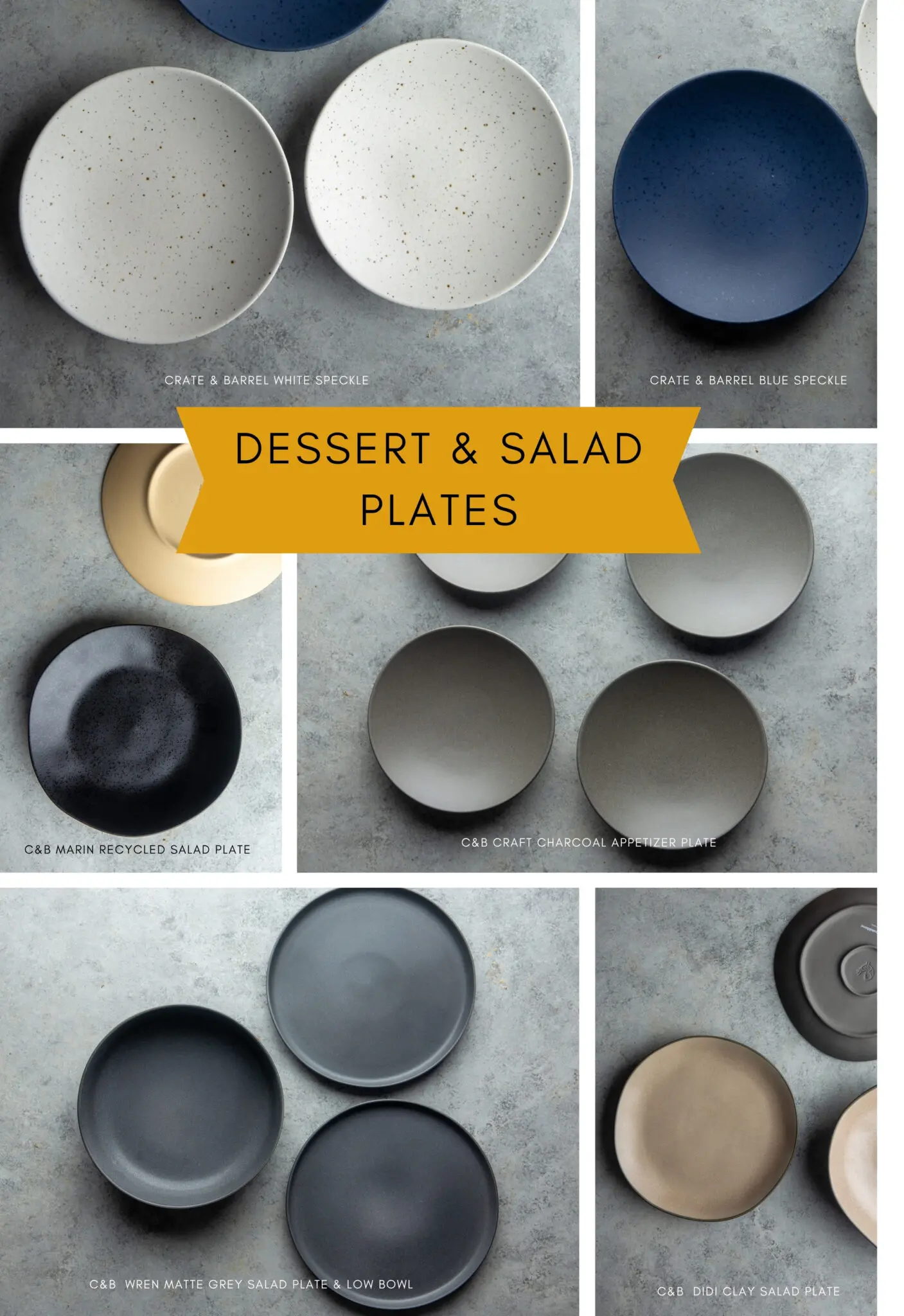
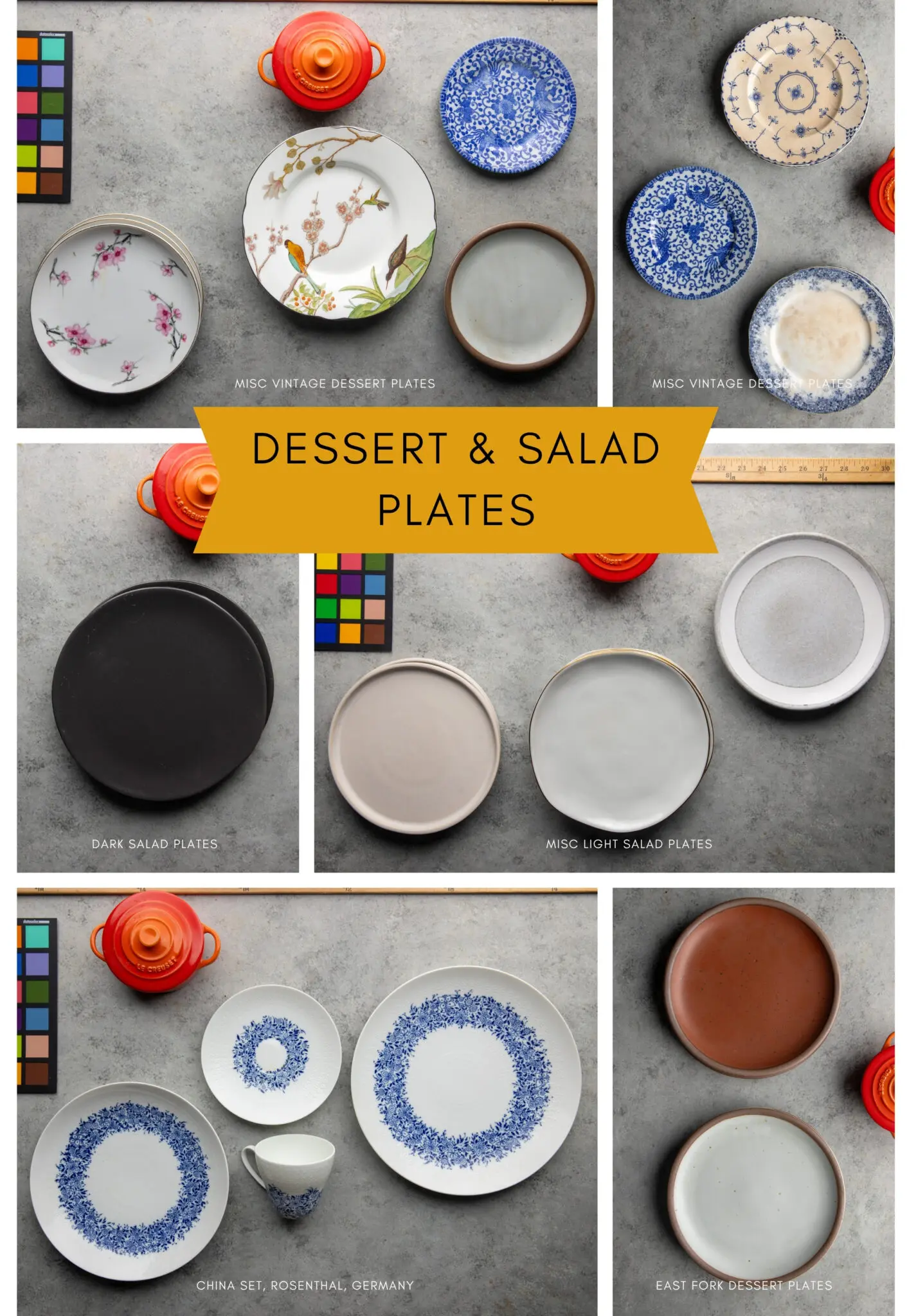
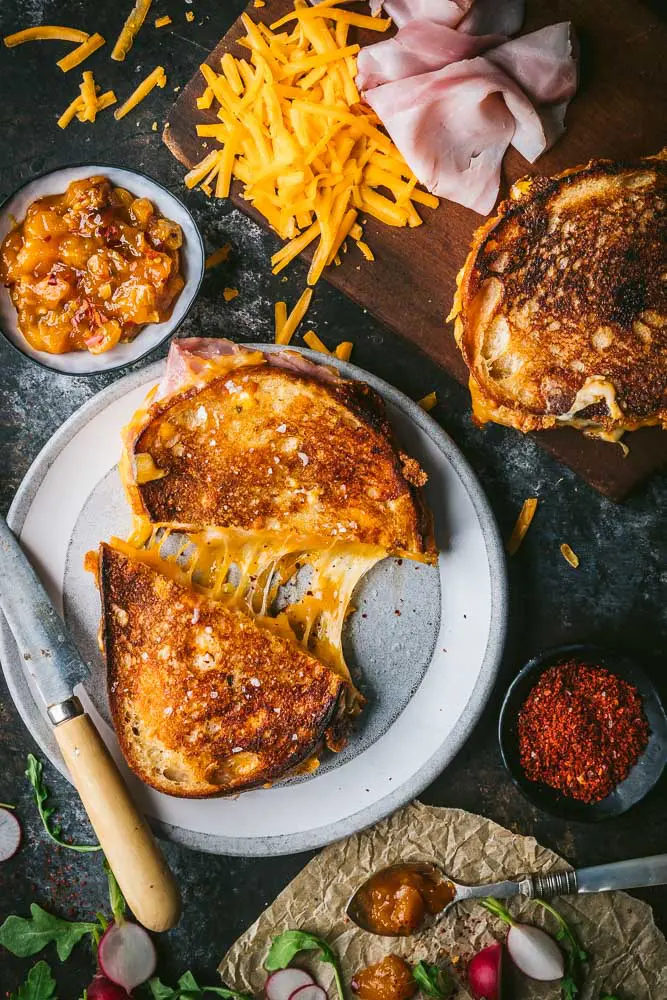
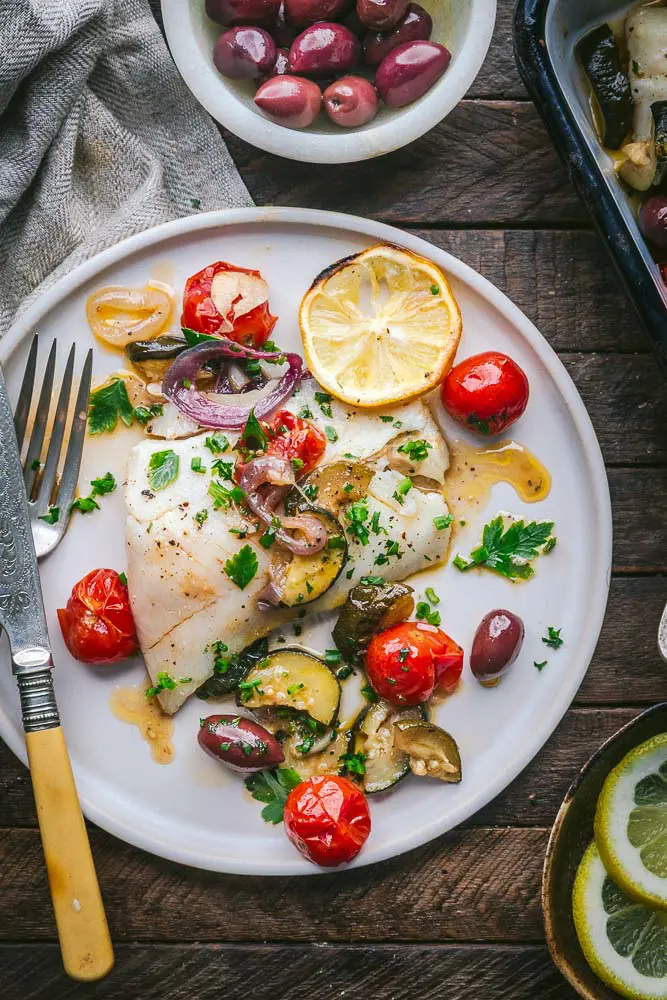
small and medium bowls
Essentials: various sizes and shapes, but small enough for garnishes, spices, sauces, etc. Larger bowls (for individual portions of soups, etc) should be low and wide.
Nice to have: a few bold colors, interesting shapes (footed bowls, organic shapes)
I think small bowls may be the most useful elements to have in your collection. They are perfect for adding a pop of color (think bright red chili flakes in a dark bowl). They are a great way to balance out a composition when you need an element that won’t distract form the main subject.
They are my favorite props to collect because they’re usually inexpensive, easy to store and so very useful.
Again, matte is generally better than shiny, but for small bowls with a minimal surface area, this is less of an issue. I love anything ceramic, but also wood, pewter, copper and frosted glass.
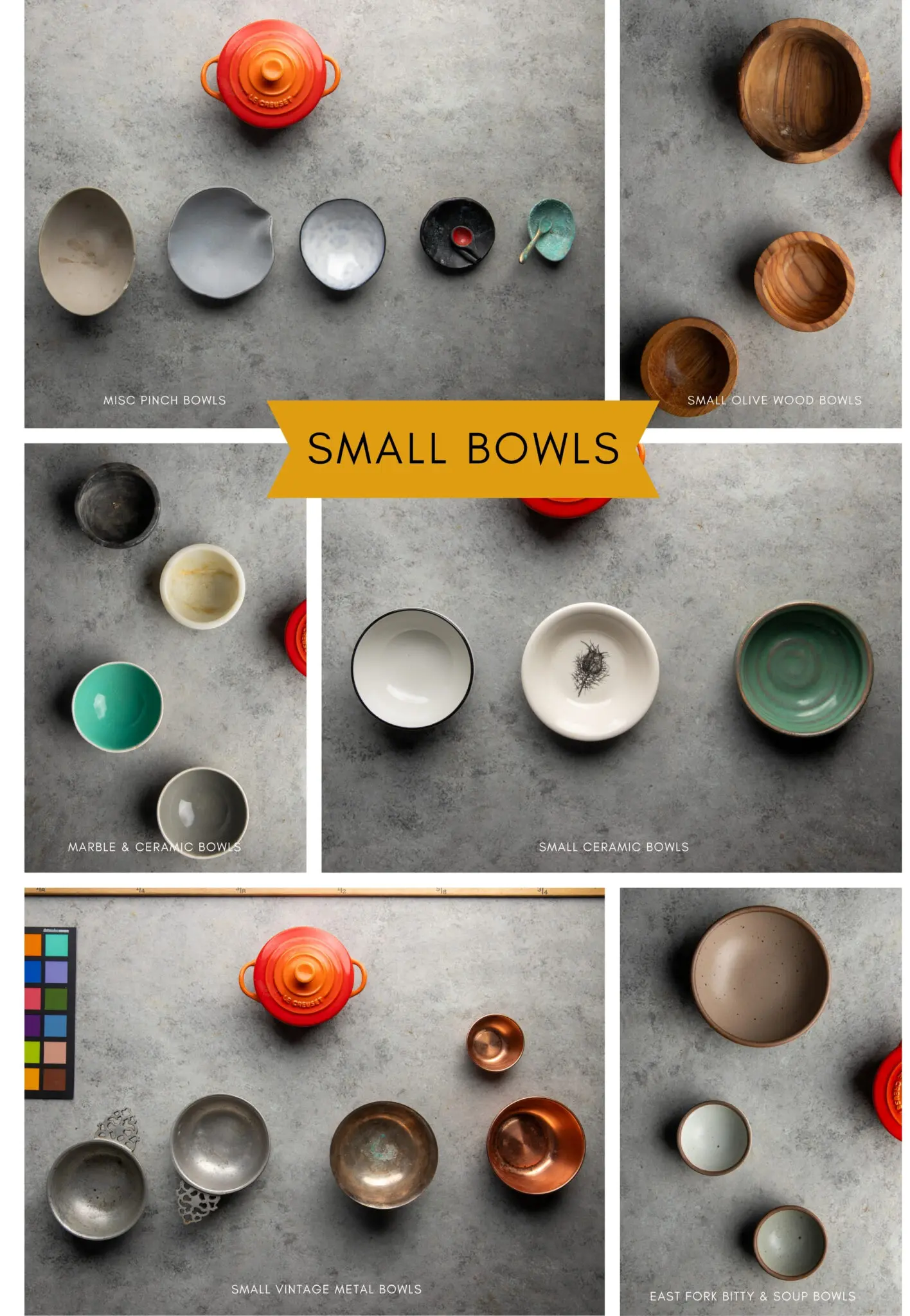

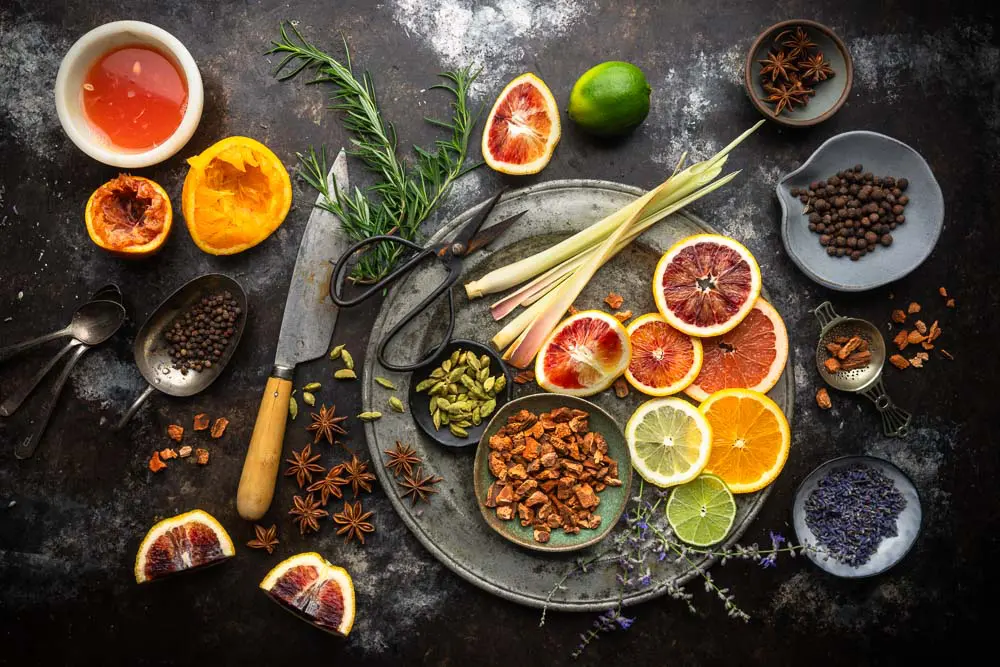
PLATES, PLATTERS & SERVING BOWLS
Essentials: Low, wide bowls. Bowls with interesting rims. Dinner plates and platters in various shapes (rounds, ovals, organic shapes). Neutral tones in light and dark shades.
Nice to have: a few plates/platters with rich colors or an interesting pattern. A set with color variety (for example: the same plate in white, black and green).
We use dinner plates as platters, so think of them in terms of showcasing a full recipe, rather than an individual portion. As always, matte is best. You’ll want some light and dark basics but muted colors can be lovely.
For large, serving type bowls, look for low and wide shapes. These will most often be useful for overhead shots so you want as much surface area as you can get to showcase the recipe.
Look for various shapes when it comes to platters so you have variety in your composition. I really like ovals and anything with an interesting rim. (You’ll see a few more examples in the photos below).
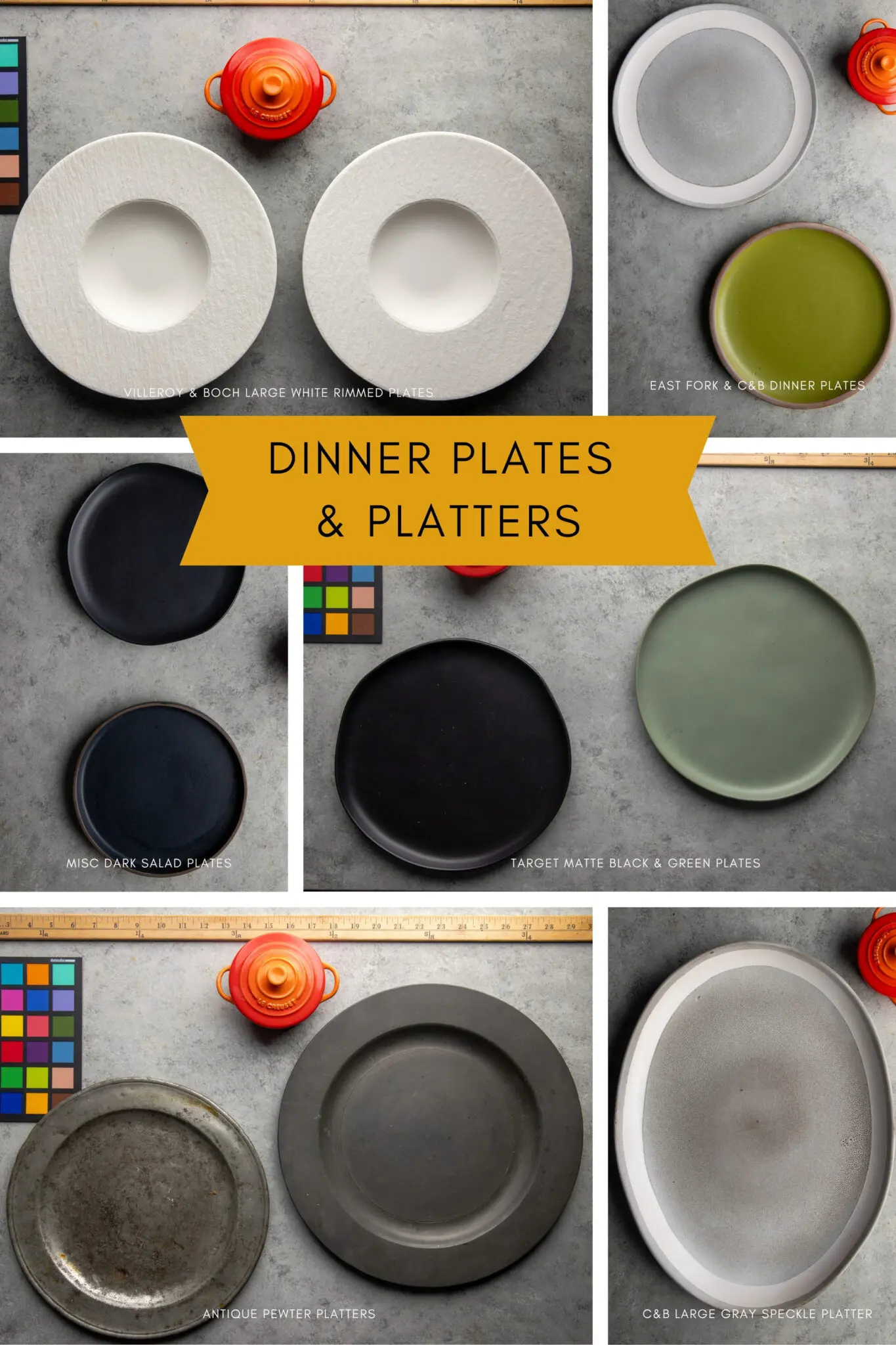

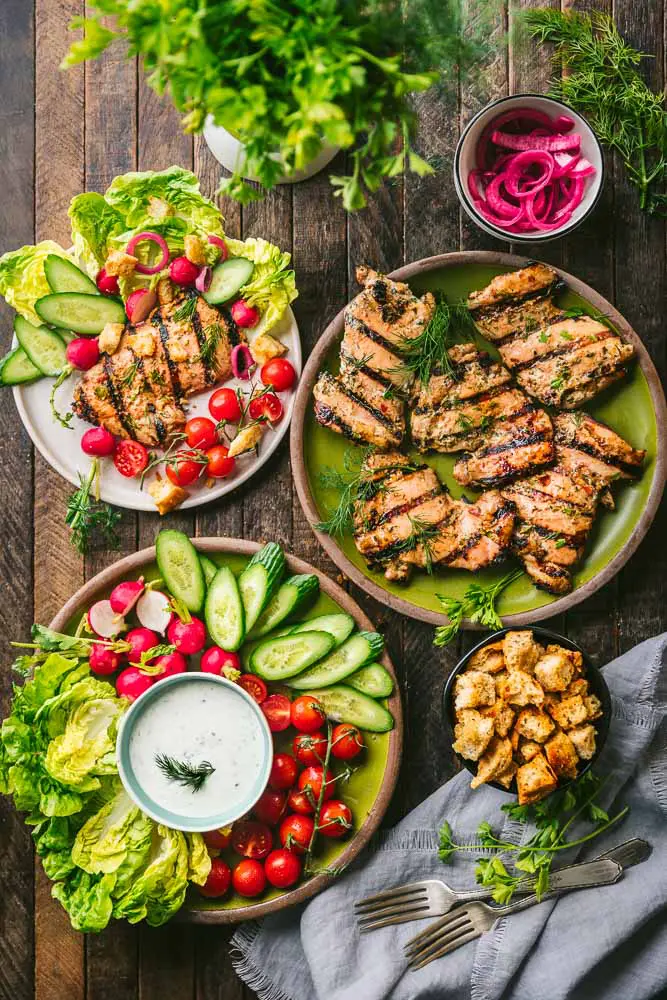
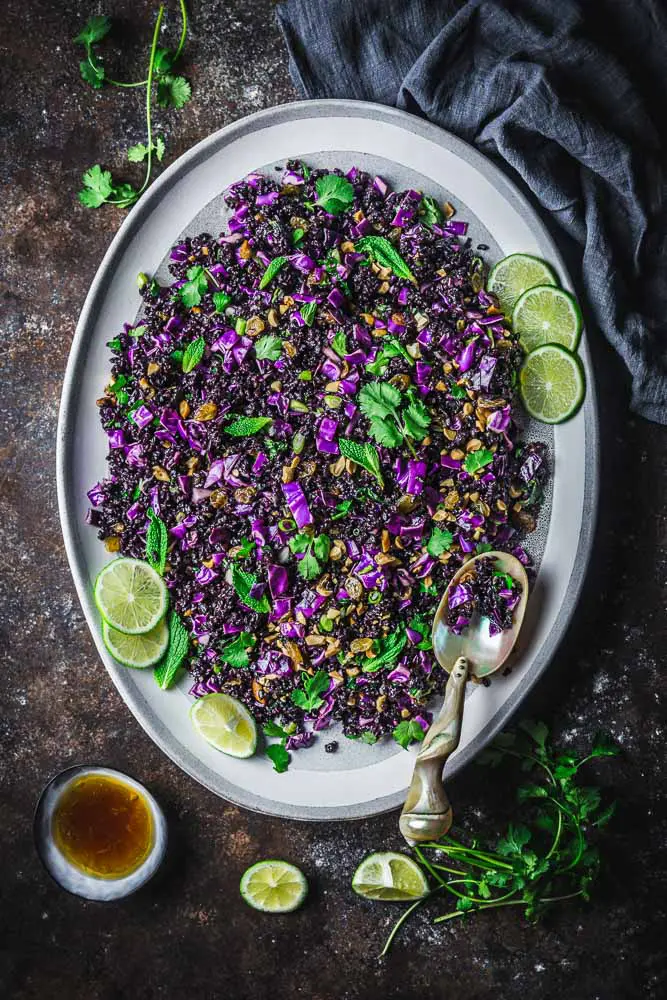
cake stands & bakeware
Essentials: One good baking tray with nice handles. A nice, vintage loaf pan.
Nice to have: Cake stands: low-footed, simple, not too large. For bakeware: vintage cake tins, small to medium-sized baking trays. Interesting handles are fun. Vintage cooling racks.
If baking is not your thing, then obviously don’t invest in a whole bunch of baking props, but it’s helpful to have a few essentials in your collection. One or two basic cake stands in neutral colors can be used for many things, not just baked goods. They work well for cheese and charcuterie shots, for candies and even drinks.
I love vintage loaf pans because they often have great texture and slightly unusual shapes. Kobenstyle baking trays are excellent for their beautiful handles. Rimmed enameled trays are also very useful.
String is also surprisingly useful. We use a cone of good, natural string (like for trussing roasts), as well as decorative red and white string for wrapped sandwiches and sweets.
We don’t shoot a huge amount of baked recipes so our collection is limited, but we have a few essentials that work well for us.
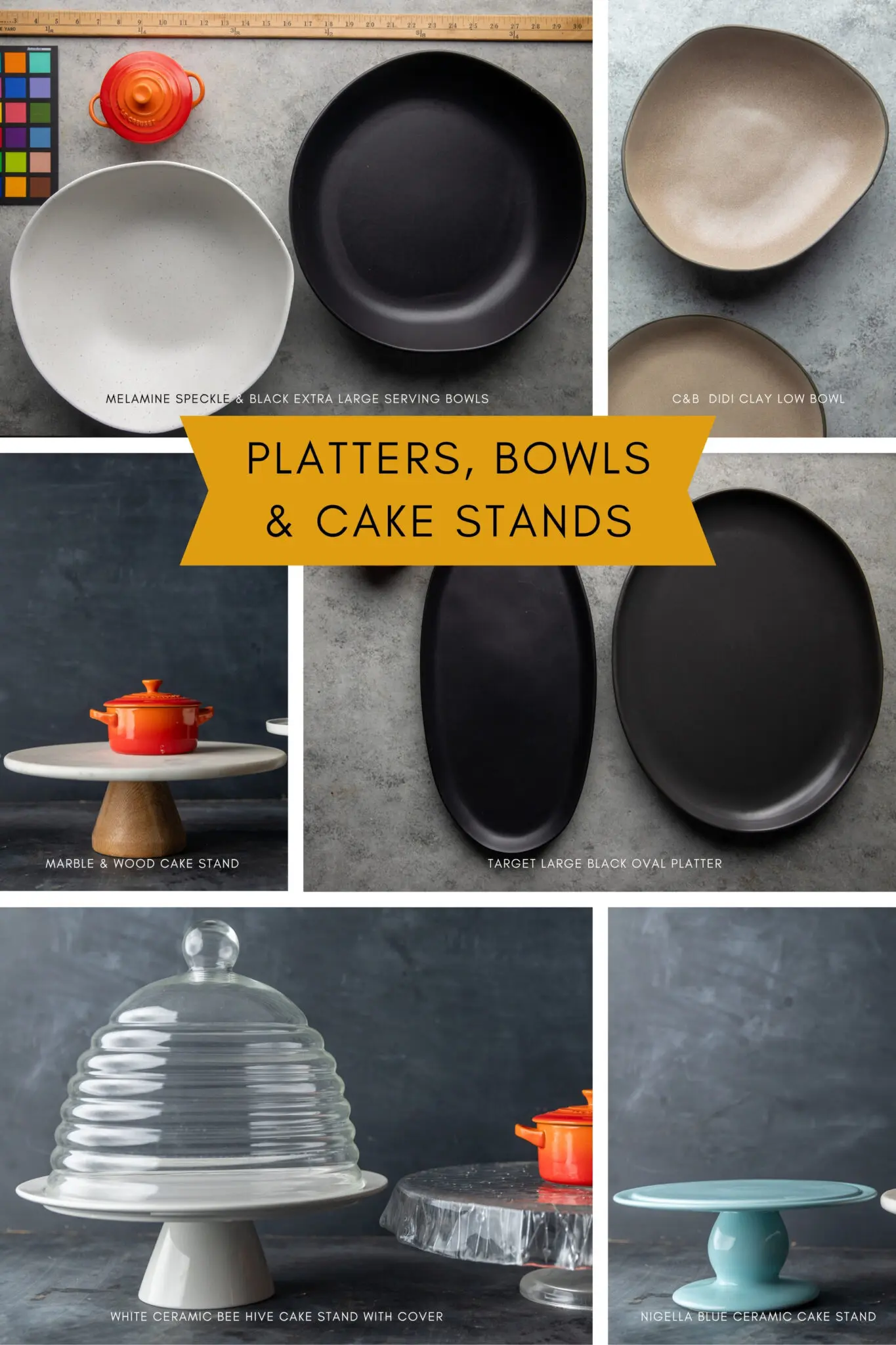

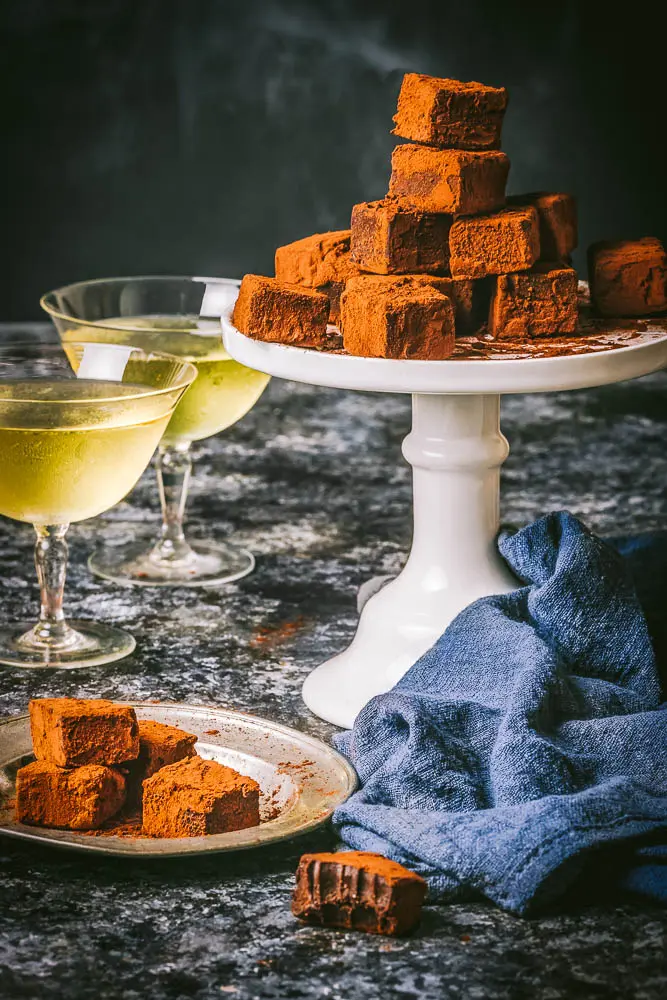
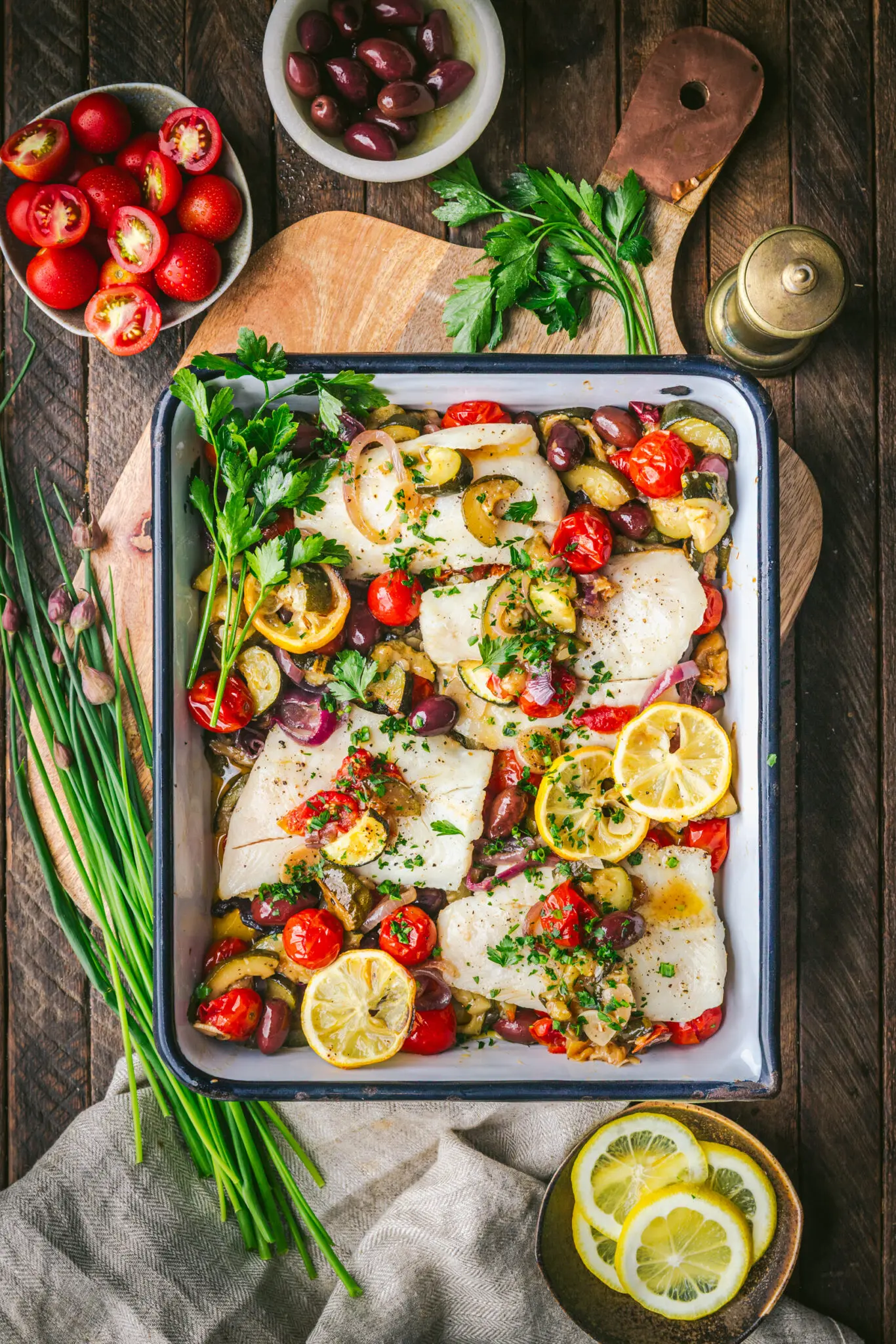
flatware & cutlery
Essentials: two to three sets of non-shiny flatware (meaning two forks, two spoons, two knives, not sets of twelve). Whether antique or modern, look for matte surfaces. A variety of spoons; teaspoons, soup spoons, dessert spoons. A few larger serving spoons.
Nice to have: Carbon steel chef knives (with matte blades). Interesting or vintage tools (appetizer forks, small sieves, ice cream scoops, sugar tongs, grapefruit spoons, etc), serving spoons, salad servers, carving knife and fork, measuring spoons and cups, tongs and spatulas.
The most challenging aspect of flatware in food photography is reflections and glare. Knives especially, with their flat surface, bounce back light and create blown-out spots. I love antique cutlery with its tarnished, textured patina, but even if your style is minimalist and modern, it’s helpful to find pieces that have a matte finish.
It’s fun to mix and match so you don’t need to buy full sets of 12. Look for interesting and unusual shapes to make your photos stand out. Generally, the flatware isn’t the star of the photo, so it should blend in well with your food composition, but occasionally it’s fun to showcase an interesting piece. (We have a small pair of chicken’s feet tongs which we try to use as much as possible.)

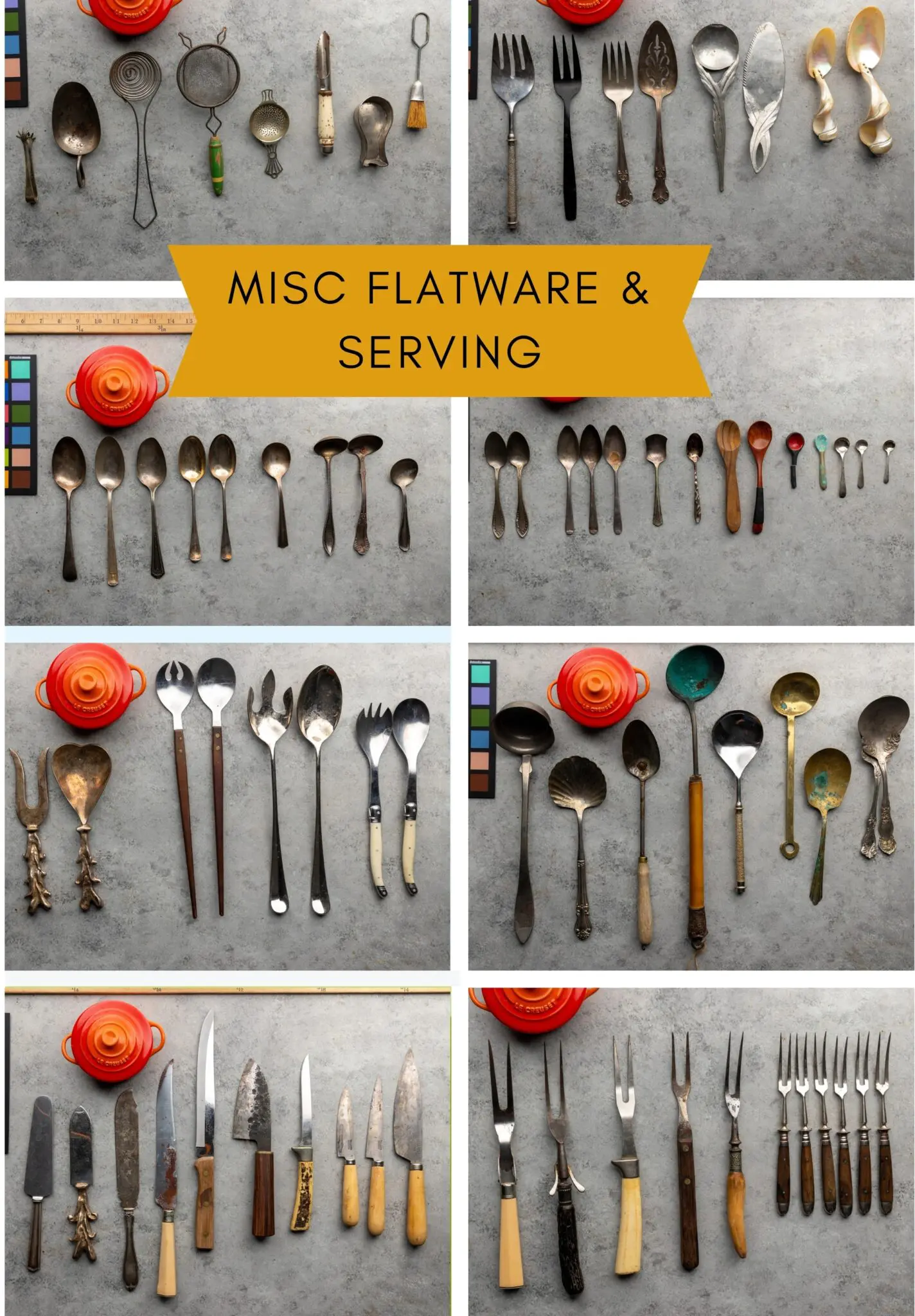
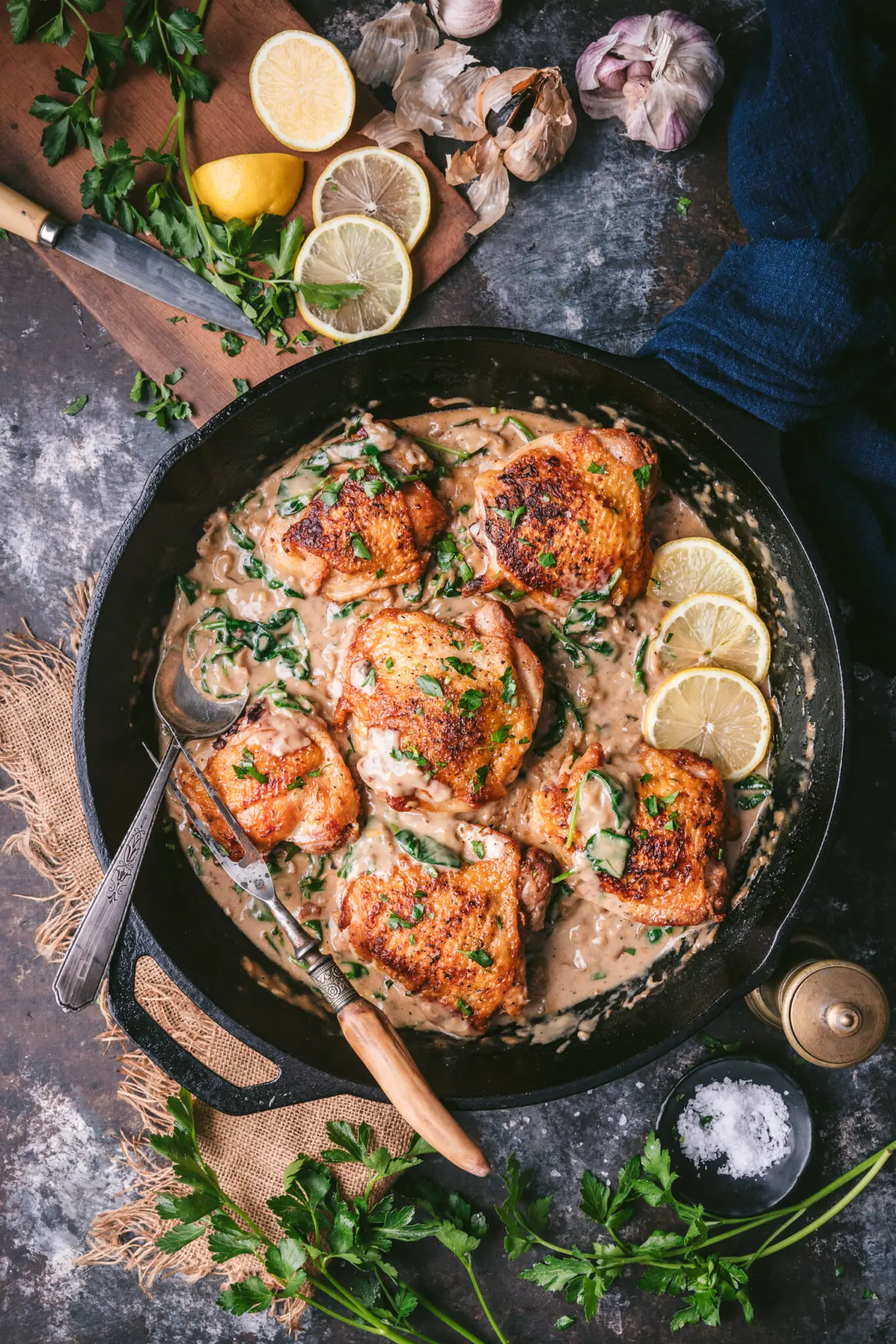
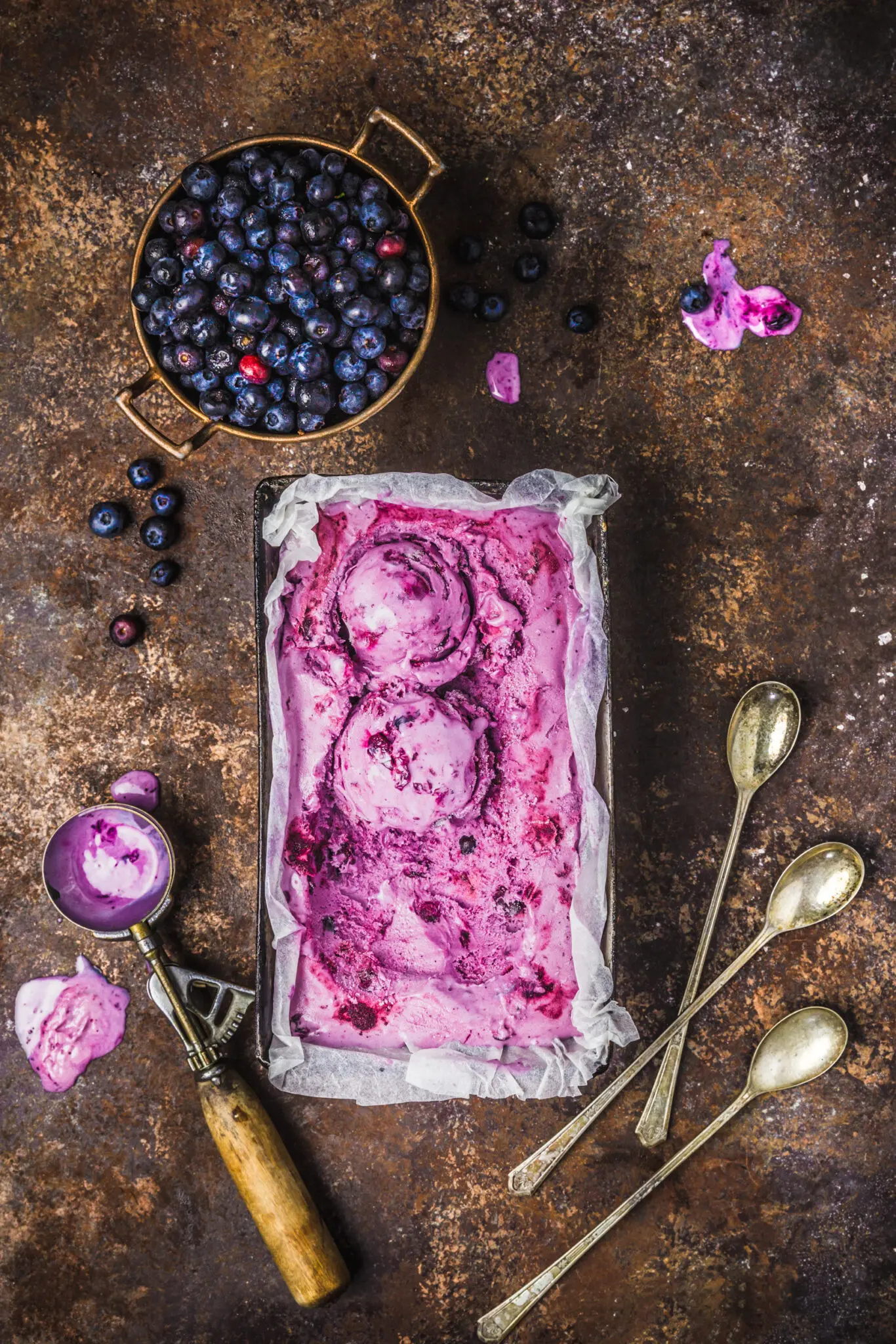
linens and fabric
Essentials: Four to five neutral linens in light and dark shades. Look for fringed edges, with noticeable texture and weave. Some plain and a couple with stripes or basic patterns. Napkin and tea towel sizes are best.
Nice to have: beautiful colors, lace, rustic canvas and flax.
Linens are a great way to soften a shot, and balance a composition. Real linen shoots beautifully, but can be pricy (though there are places to find it affordably — see guide below). Rustic textures and weaves look great. Avoid linens with images and words because they can be distracting. Once you have a few neutrals (off-white, gray, natural), you could add color for shots that can use it.

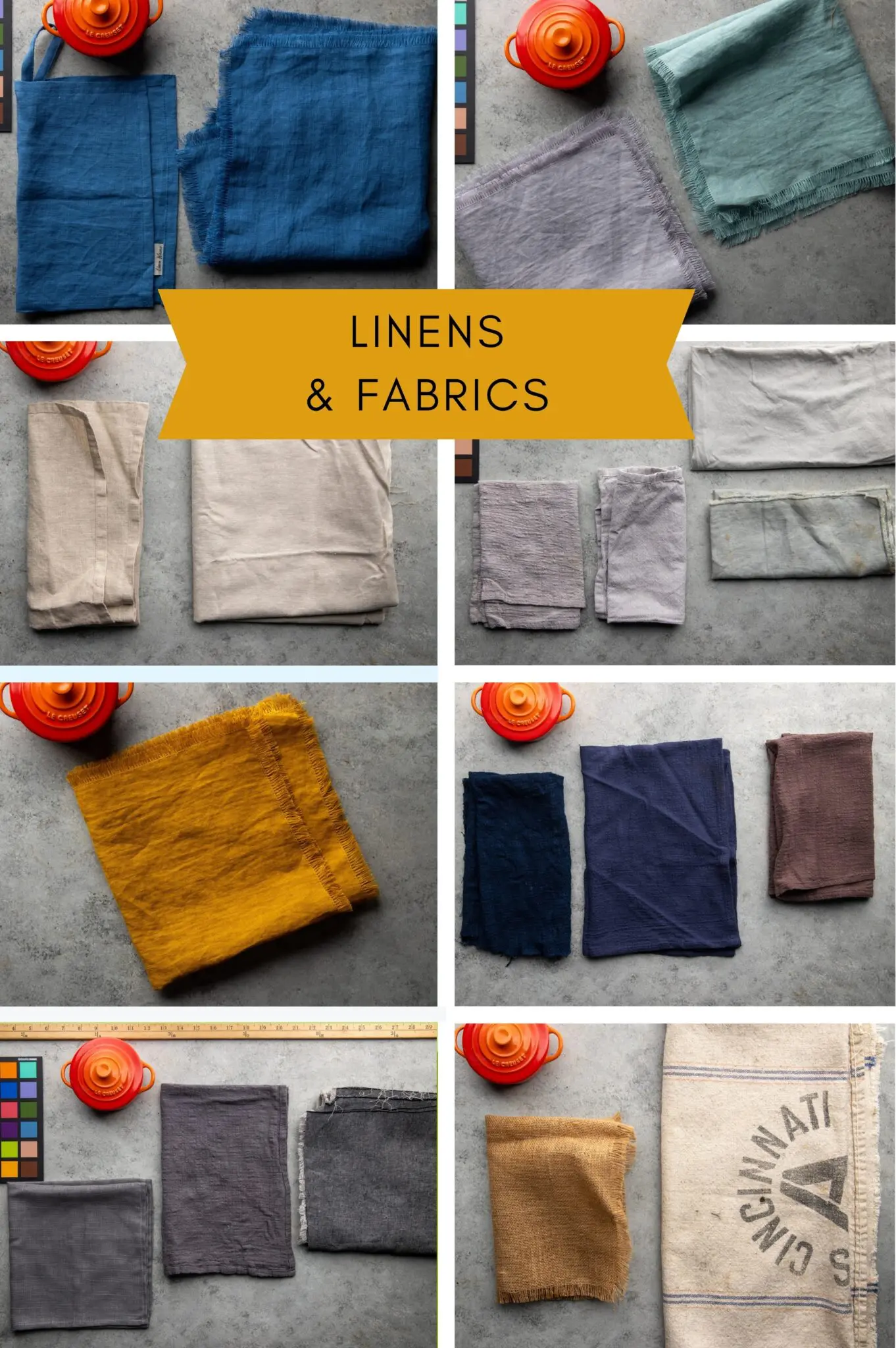

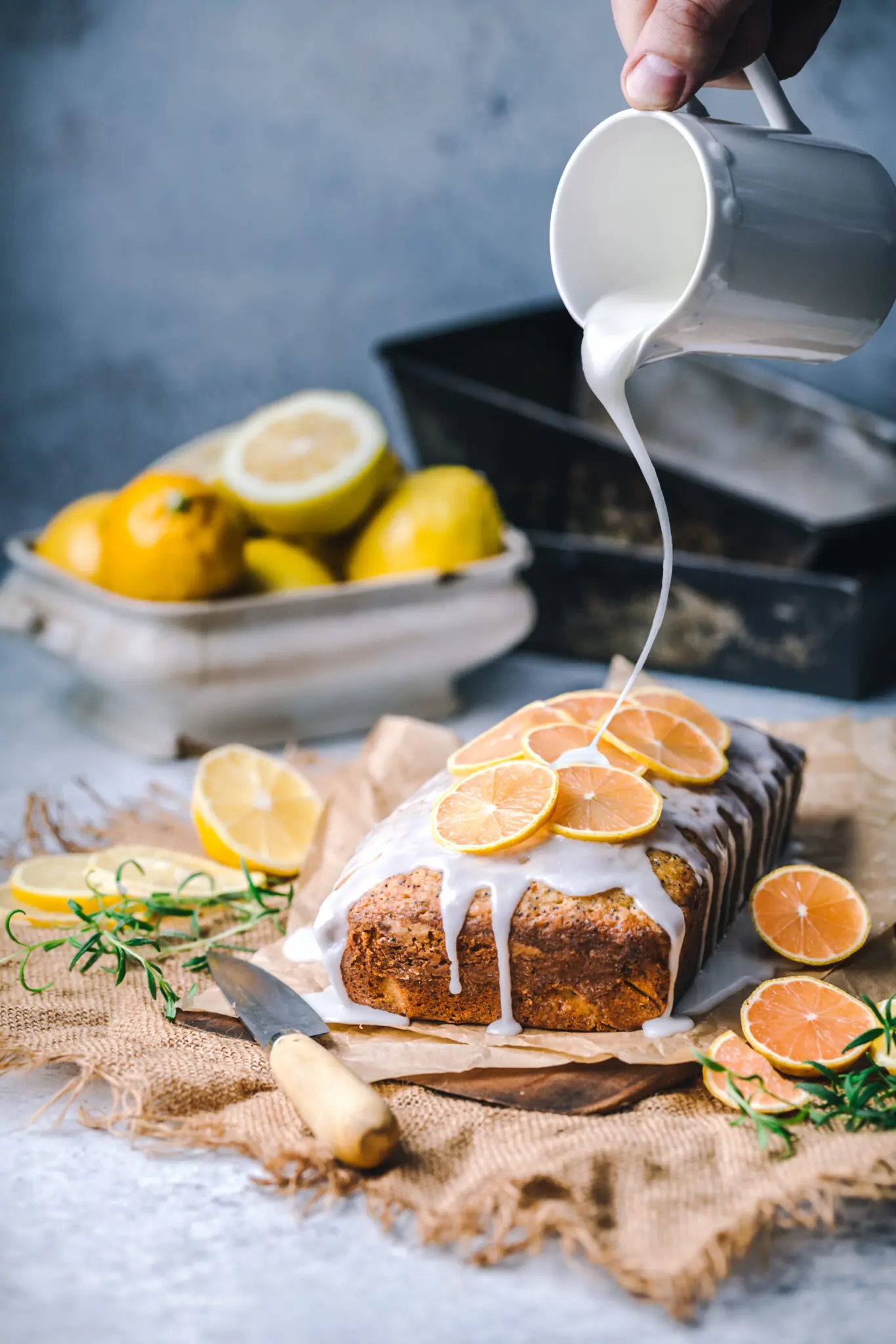
wooden boards & boxes
Essentials: a small to medium wooden cutting board.
Nice to have: boards with character, scuffs and knife marks can be great. Interesting grain patterns. Various shapes (Rectangles, ovals and circles). Handles are helpful for composition. Shallow boxes, not too glossy.
Wooden cutting boards and boxes lend a warm, cozy look that’s perfect for rustic and farmhouse style photos. You can use boards as a cutting surface (useful for telling a story about the making of the dish), or as a textured backdrop. Boxes are great for various compositions, and to suggest that produce is “just picked”.

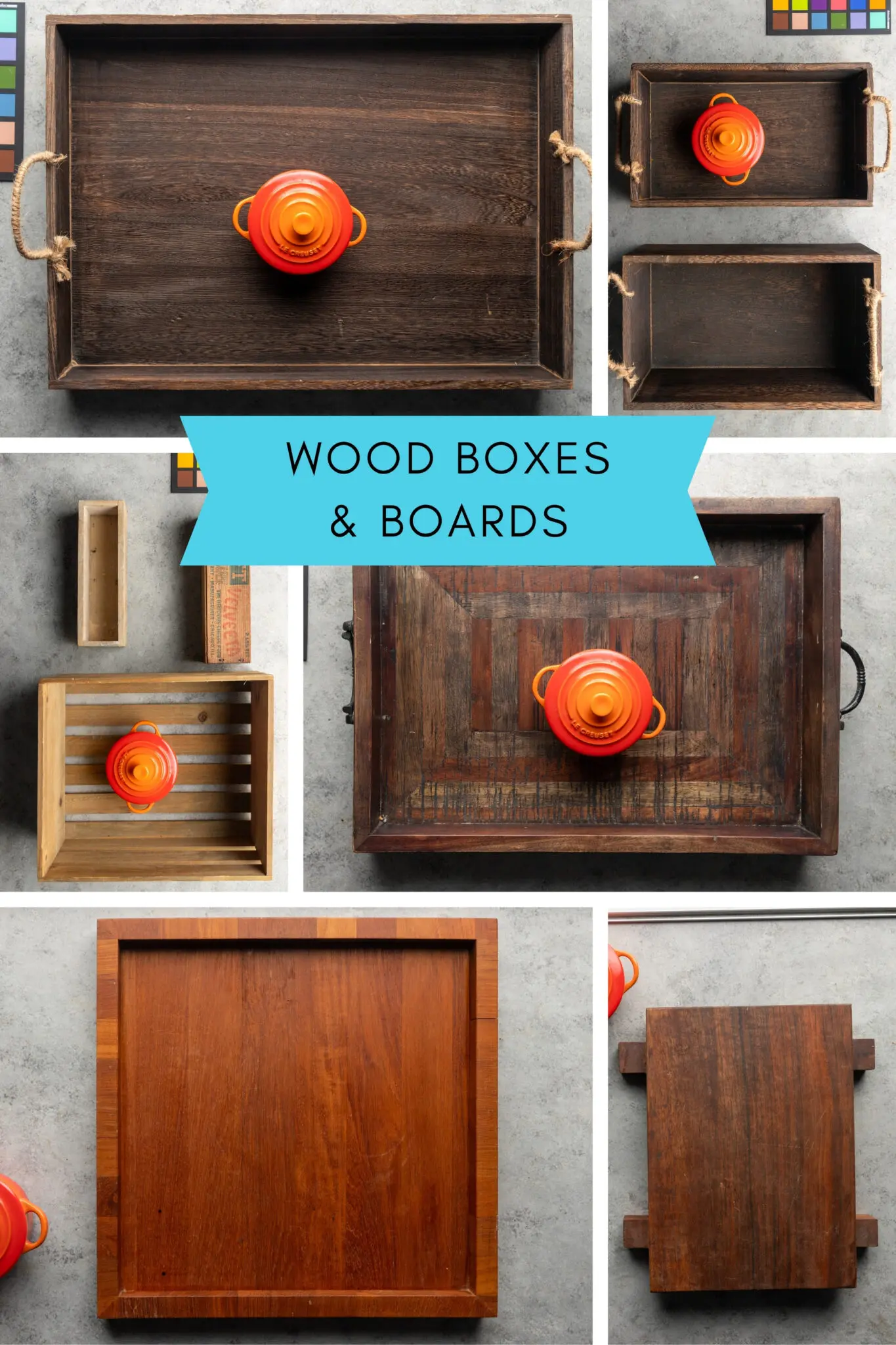
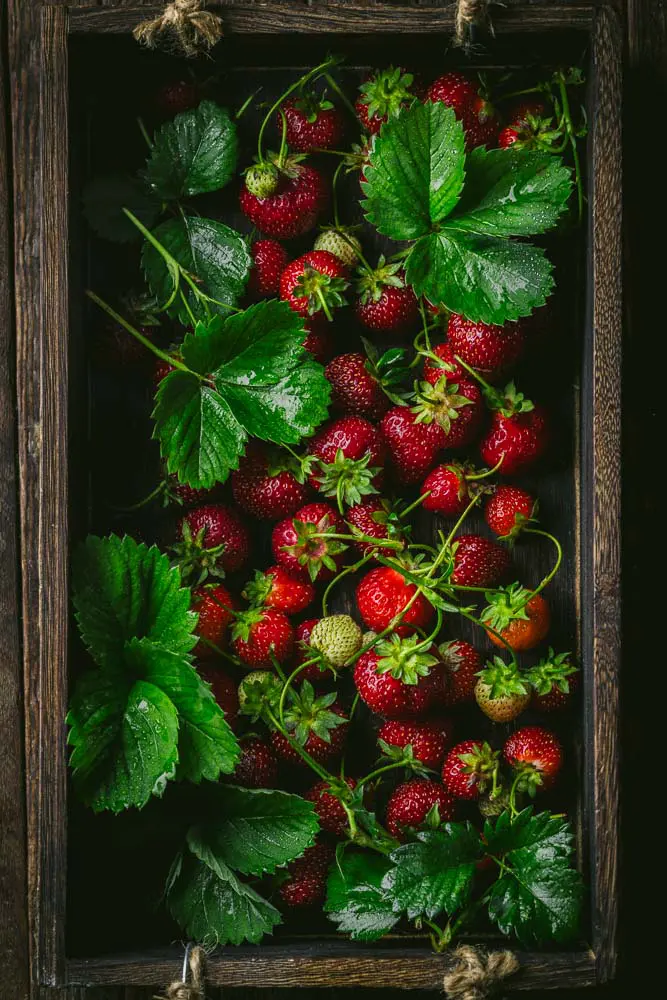
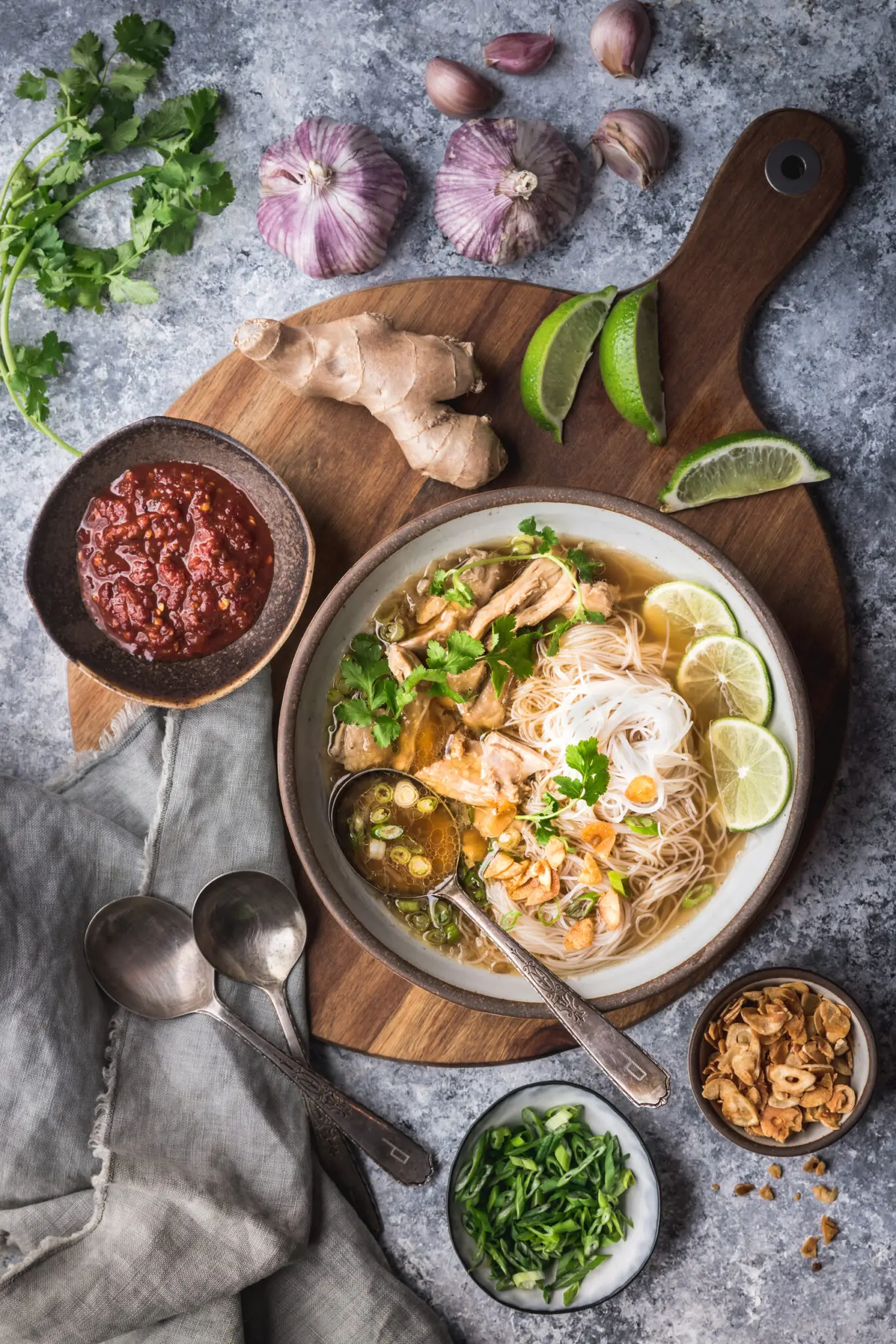
silver, pewter and copper
Nice to have: Small trays in various shapes, pewter plates, copper anything (copper is so beautiful).
None of this is essential, per se, but I love the look of metal in photographs, especially real pewter and copper. Pewter is naturally matte and ages beautifully. Vintage silver (or plate) trays are great, but shiny silver is very reflective, which is challenging. Some amount of tarnish looks good in photos. Don’t polish your silver before you shoot with it unless you want it to reflect everything in the room!
Small metal (usually enameled) skillets are great for rustic, homey dishes.
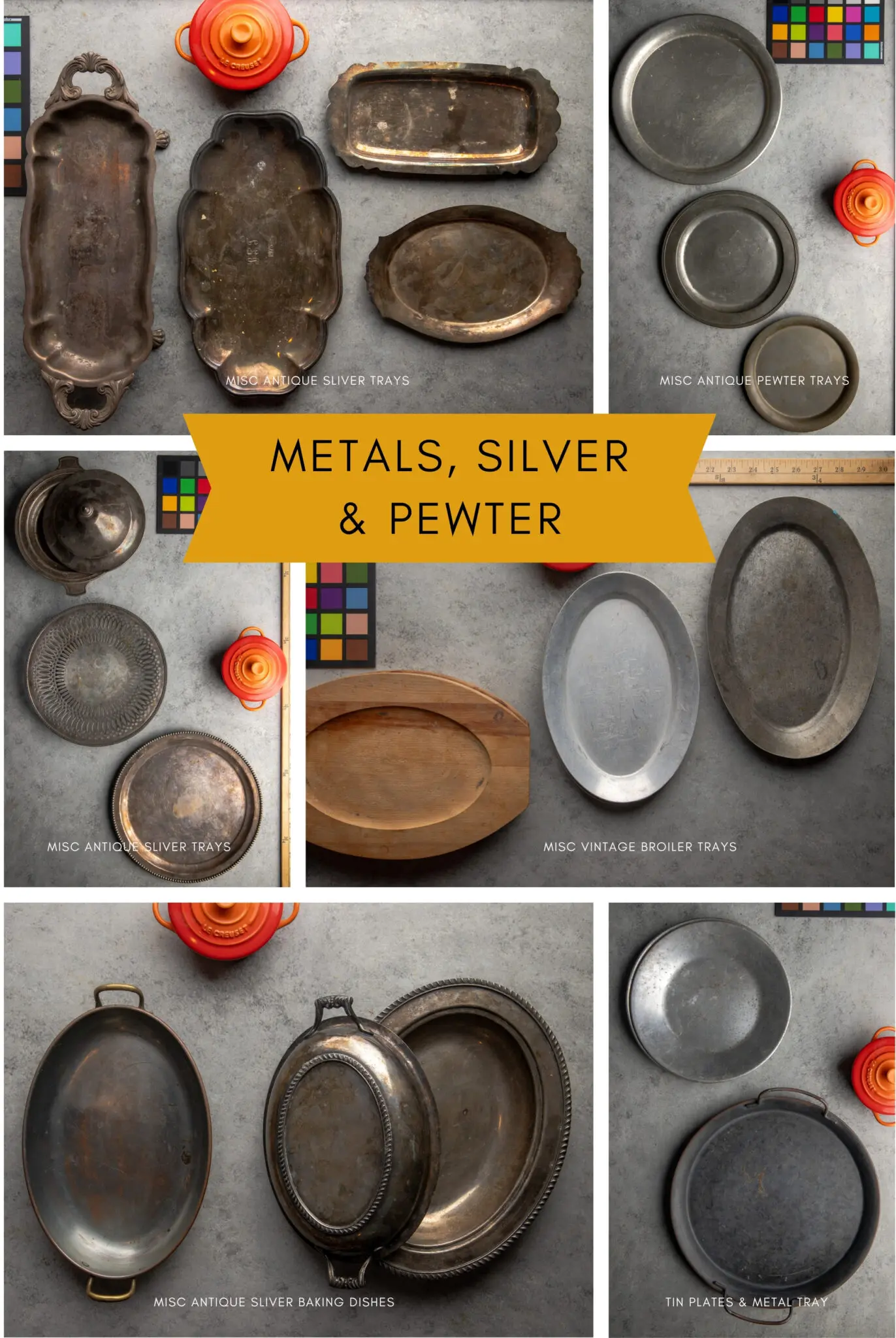
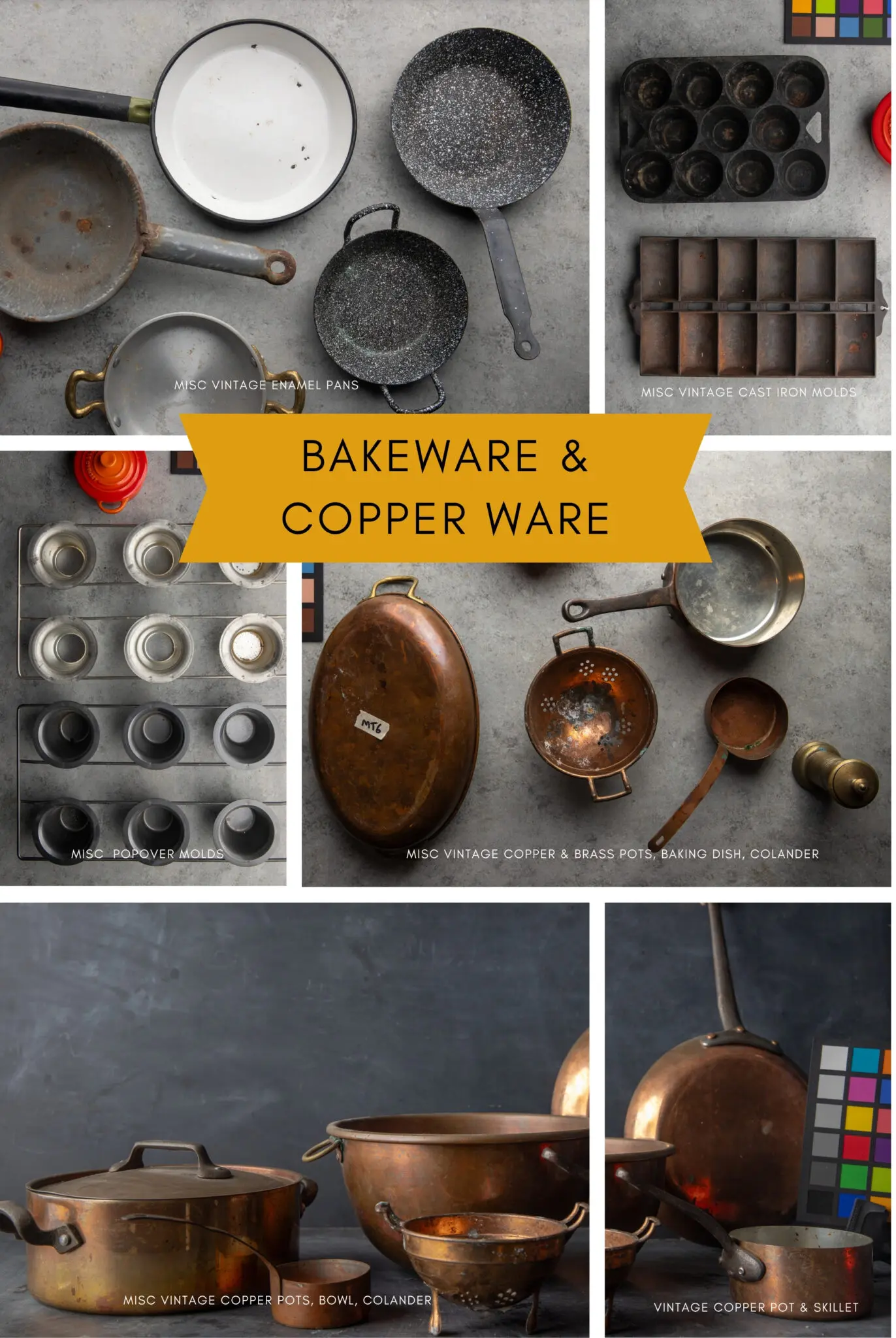
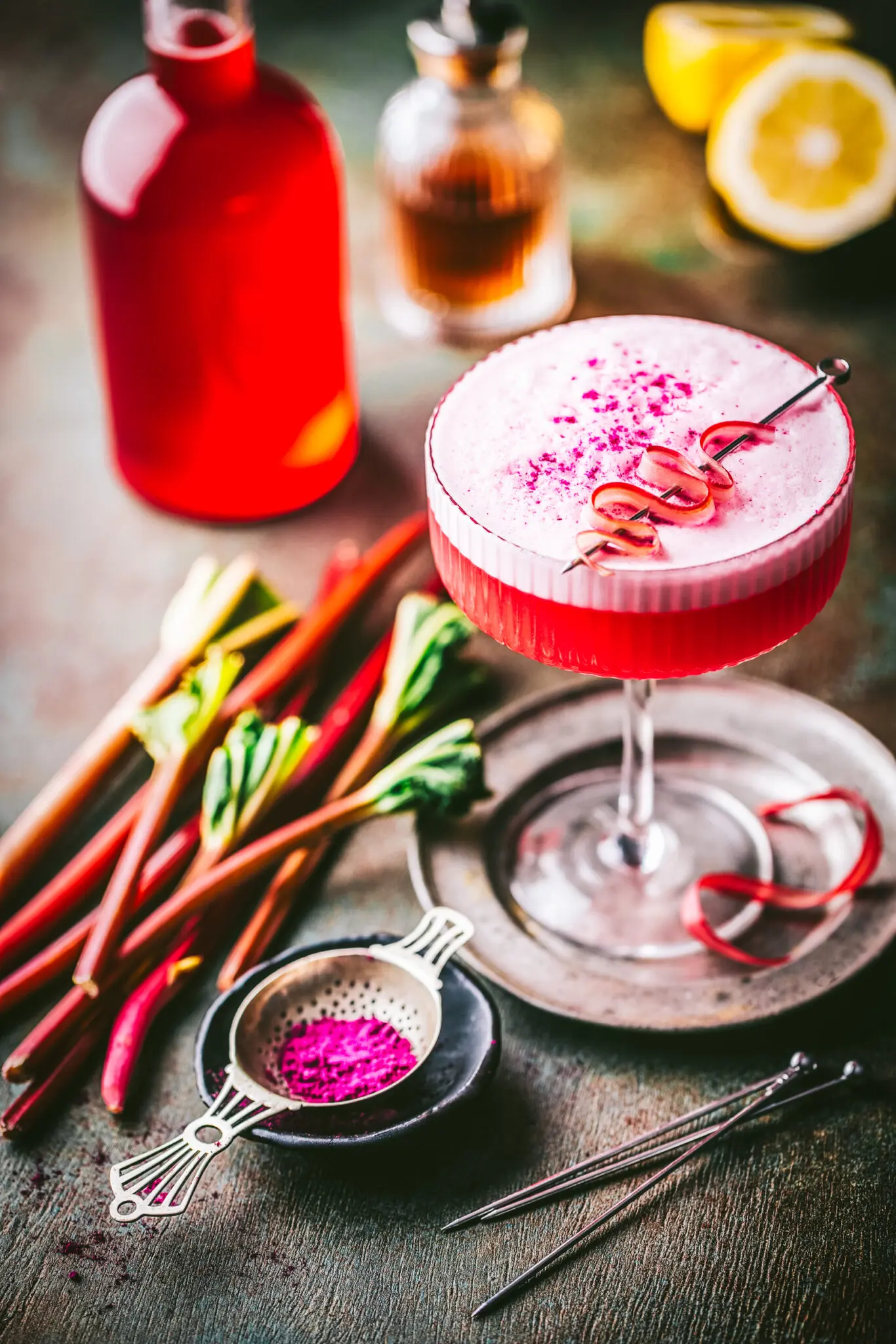
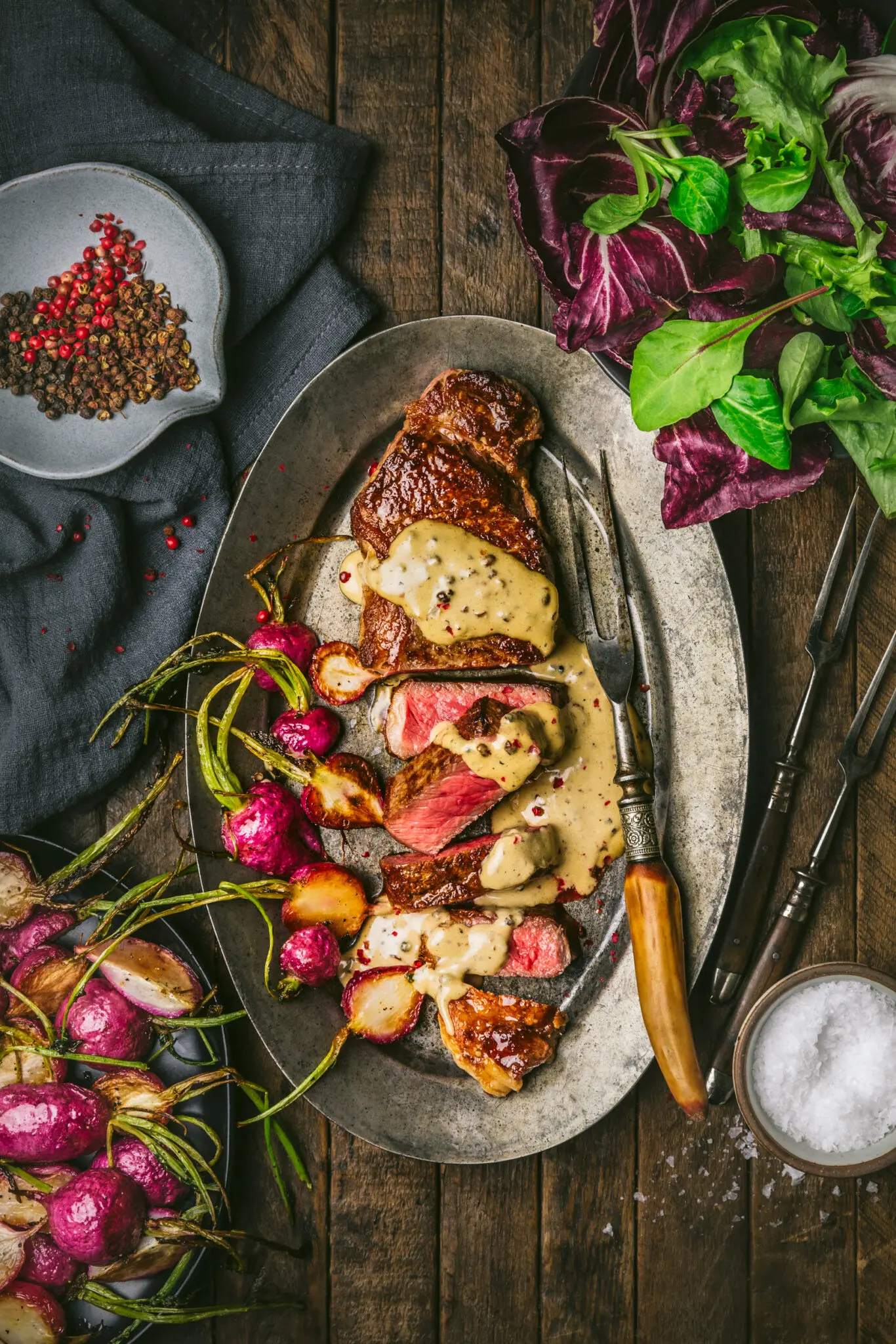
skillets and cookware
Nice to have: a medium-sized cast iron skillet, mini cast iron skillets, a round or oval Dutch oven.
Full disclosure: we wrote a book about cooking with Dutch Ovens, which is why we have more than 10 of them. They are fantastic to cook with and look great in photos, so they’re a worthwhile investment if you shoot braises, soups, stews, etc. (Just one or two should suffice, you might not need 10.)
We also love to shoot with cast iron because it’s naturally matte, and that dark color is very dramatic. We also cook with carbon steel pans (not pictured), and once they develop a patina, they look beautiful too.
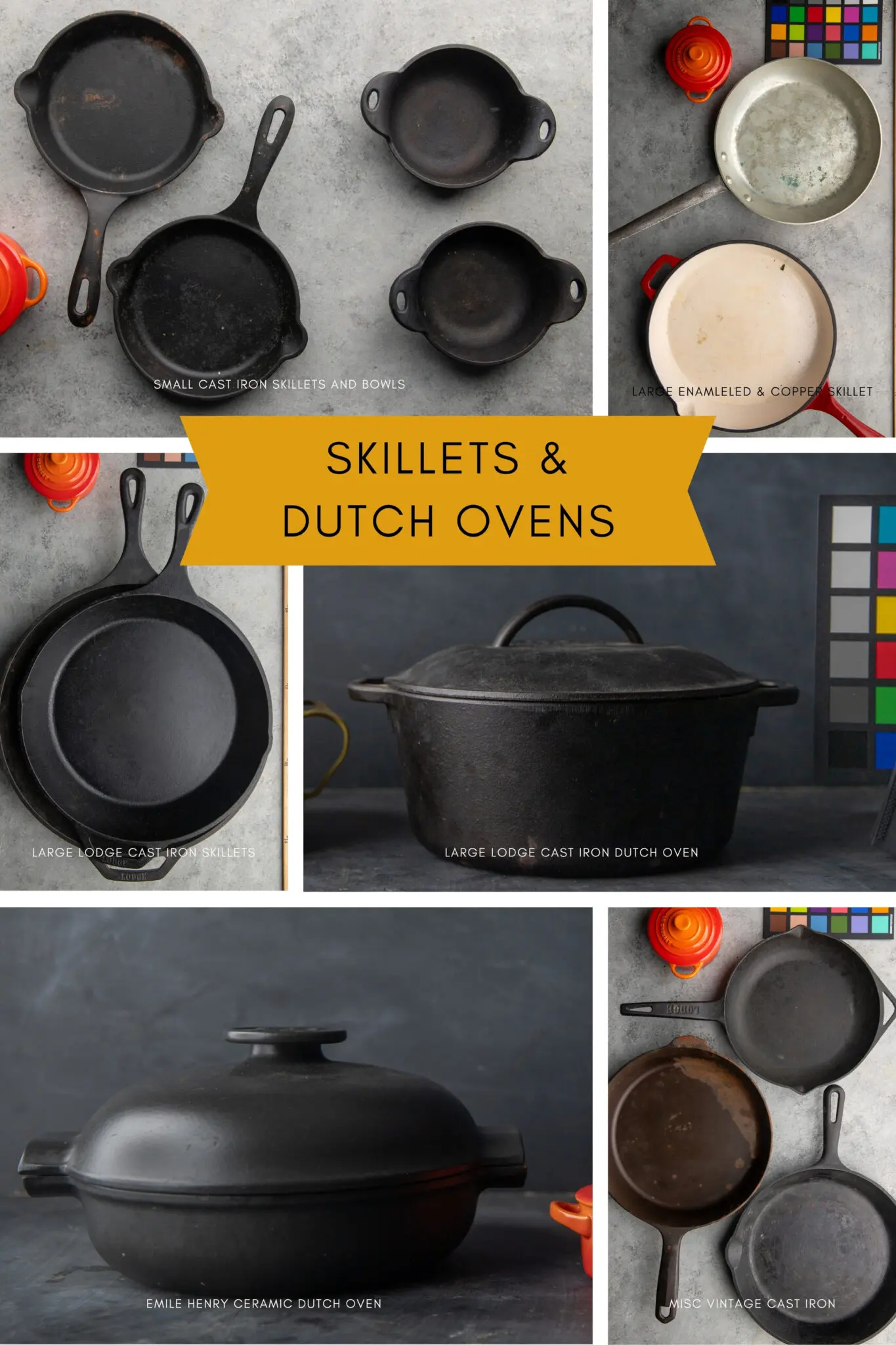
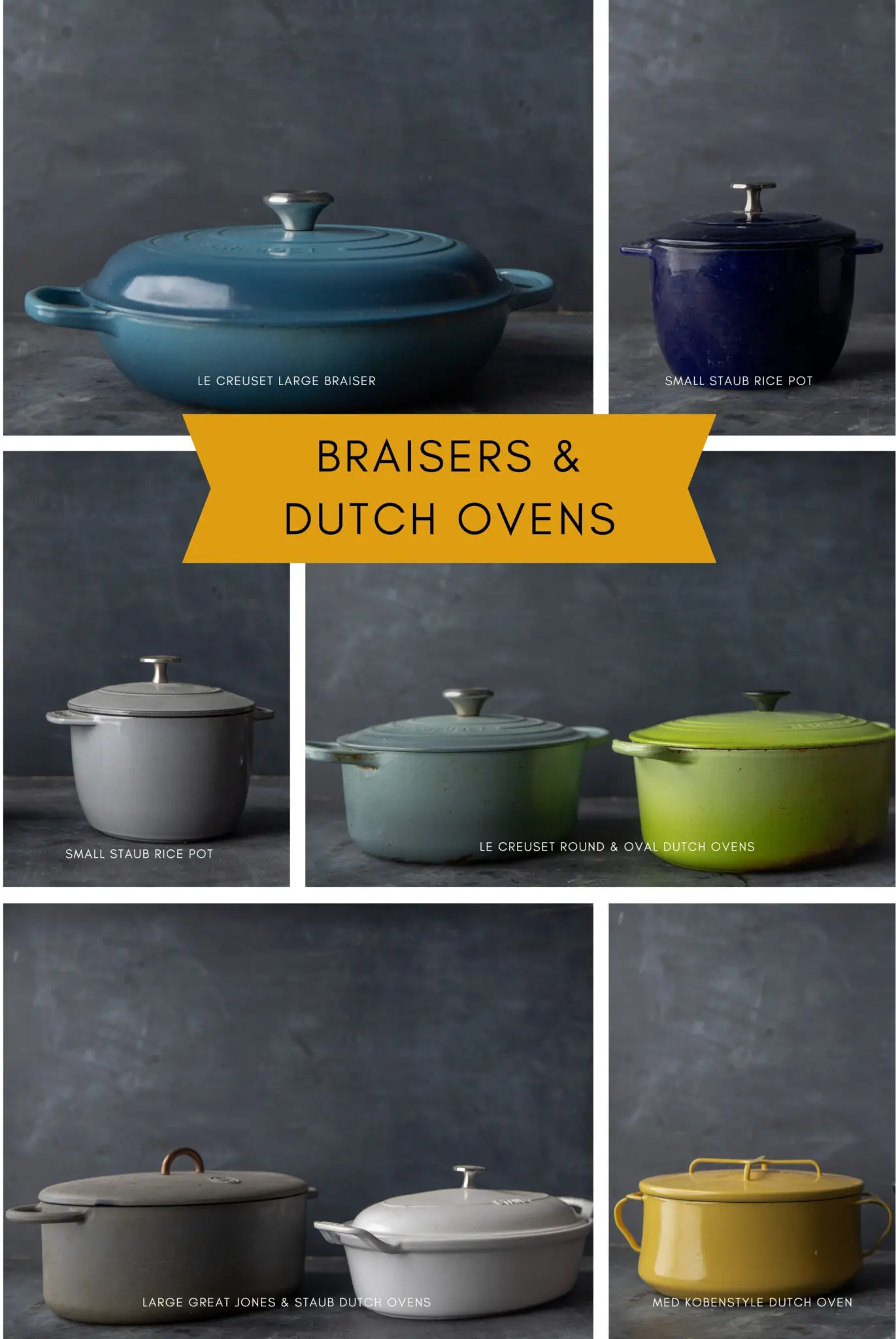
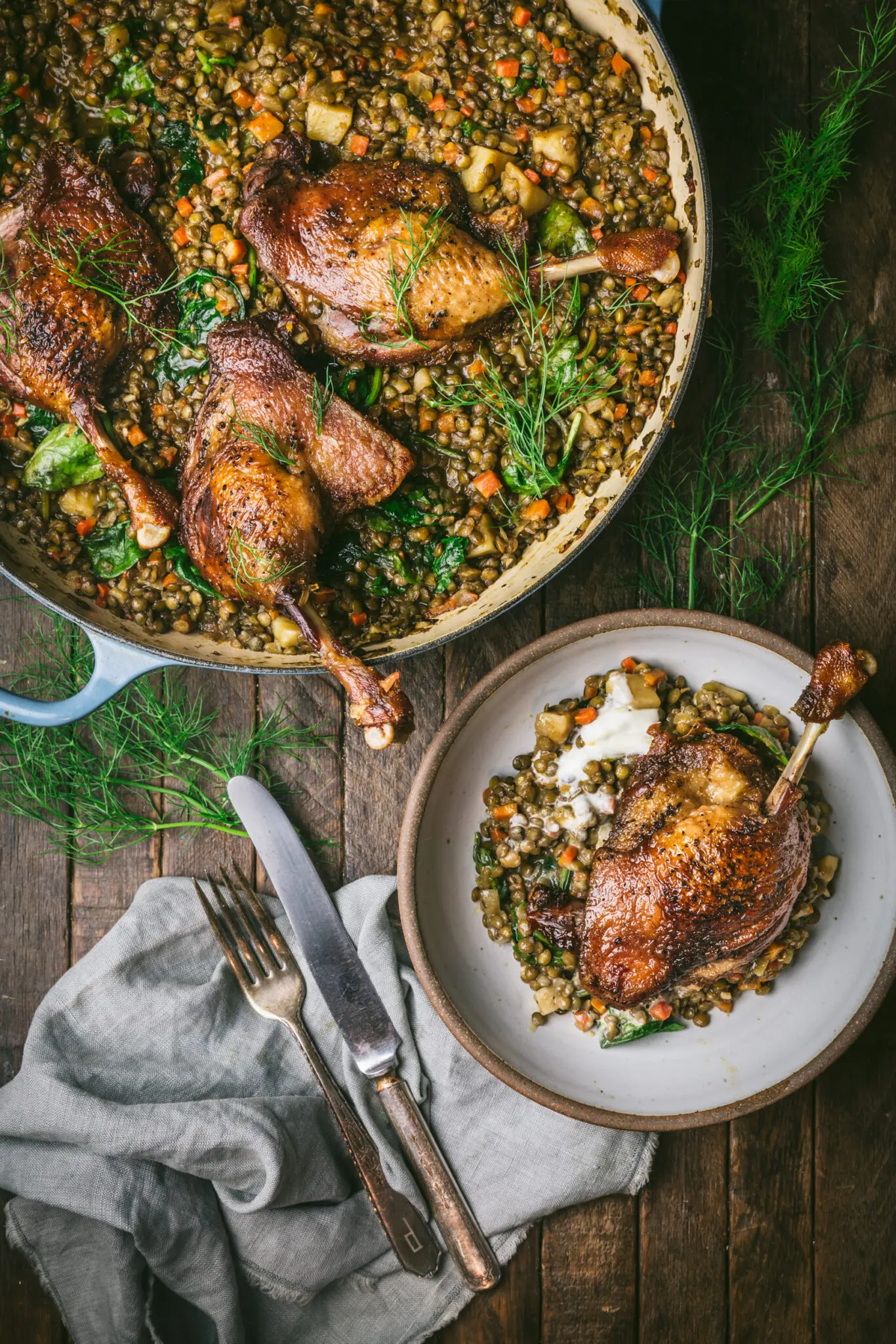
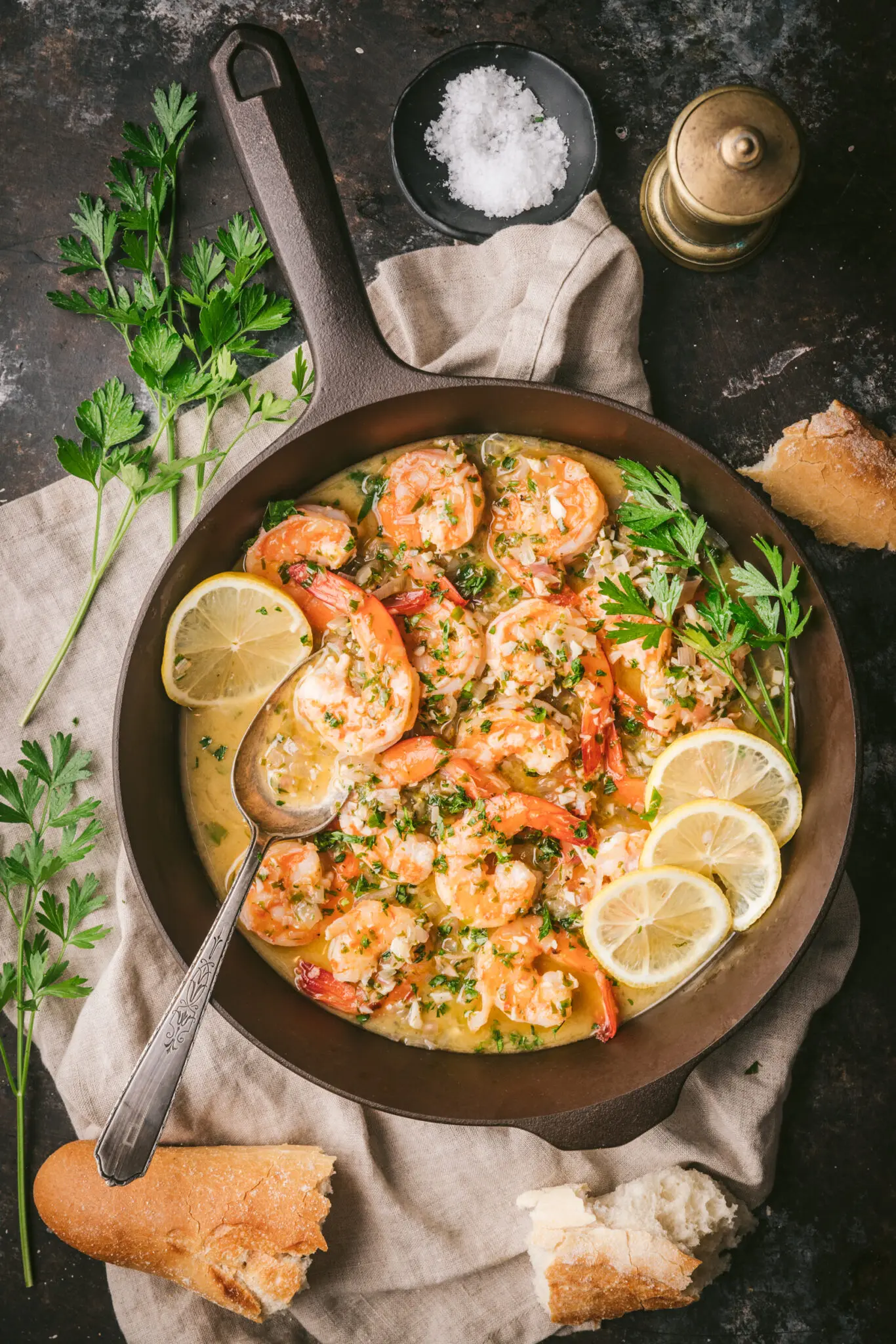
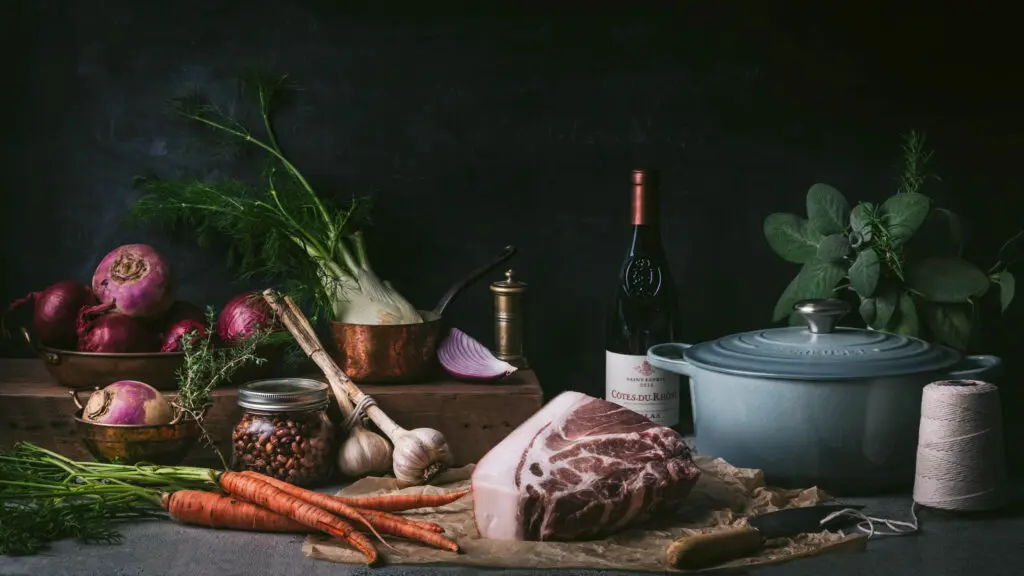
miscellaneous food photography props
Nice to have: brass pepper mill, string, salt shakers or pinch bowls, colanders (small), chopsticks, toothpicks, pastry brushes, parchment (white and natural).
For our guide to glassware (water, cocktail, wine, etc) as well as glass jars and bottles, check out our other page.
a list of our favorite sources for props (dishware, bakeware & more)
- Thrift stores, antique stores, garage sales and flea markets — these are fantastic places to find all sorts of props, though it is hard to predict what you will find.
MAJOR RETAILERS (IN THE US)
- Target — great for all sorts of props. Very affordable. Especially look at the Hearth and Hand line.
- West Elm – a great resource for dessert and salad plates. Relatively pricy but look for sales.
- Crate and Barrel — A great resource for plates, platters. Relatively pricy but look for sales.
- CB2 — slightly more modern and (sometimes) more affordable than C&B.
- Pottery Barn — Good for classic, Americana, country-style dishware.
- Sur La Table — Good for classic, high end dishware and linens.
- Williams Sonoma — Classic, high end, Americana.
- Anthropologie — beautiful dishware and linens, but quite expensive.
- Home Goods / TJ Maxx / Marshalls – Often have fantastic deals on dishware, cookware and linens.
- Etsy — Takes some poking around but you can find great handmade ceramics, linens, etc.
- World Market — Fantastic deals on plates, glassware, linens.
- Amazon — Ugh. But also yeah, you can find everything.
BOUTIQUE RETAILERS (CURATED, SPECIAL PIECES. OFTEN PRICEY)
- Food52 — Beautiful linens and cookware. Expensive.
- Magnolia — Limited selection, but beautiful.
- Dansk — Classic Danish design (also look for vintage pieces).
- Little King — A local (to us) store, with a fun online shop.
- Fodory — Beautifully curated, super cool stuff.
- Magic Linen — Guess what they sell.
ARTISANS AND MAKERS (HANDMADE PIECES, MORE EXPENSIVE, BUT WORTH IT)
- East Fork Pottery — Gorgeous plates, bowls, mugs, etc. Beautiful colors.
- Farmhouse Pottery — Especially their pantry bowls and pitchers.
- Facture Goods — Beautiful handmade metal and ceramic spoons and bowls.
- Jono Pandolfi — A favorite of high-end restaurants. Used in “The Bear”.
- Woodville Ceramics — Located in Kazakhstan so shipping is expensive.
- Henry Street Studio — Only sell a couple of times a year, but so gorgeous.
- Connor Mcginn Studios — Beautiful colors.
If you’re ready to start building your food photography prop collections, check out our other guides!
Guide to the most useful props for food photography (glassware & barware)
10 essential food photography props (you probably already have)
Guide to our food photography gear
We’ve made this bakeware sources list into a free, handy PDF file you can download right here.
